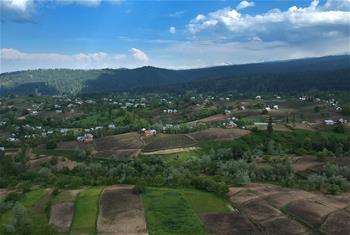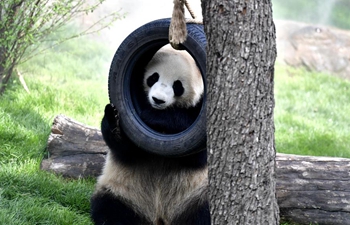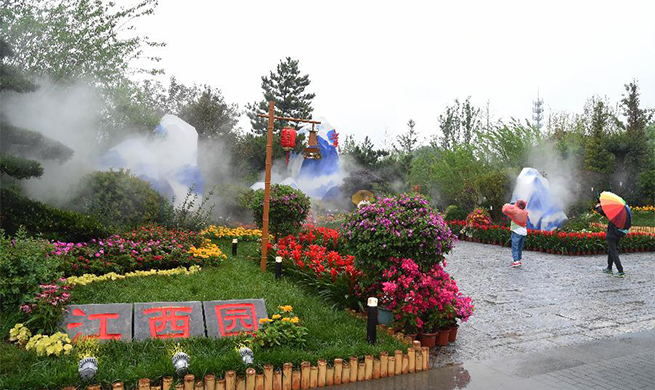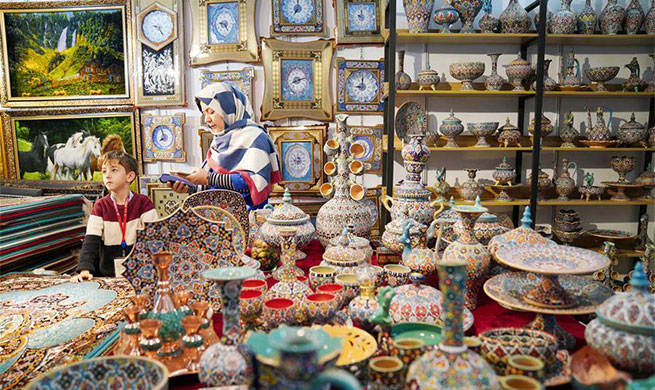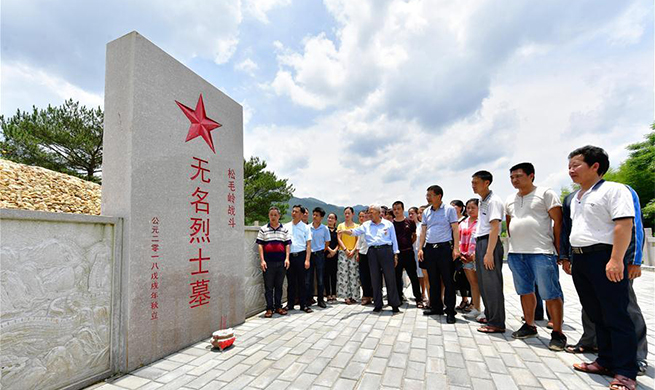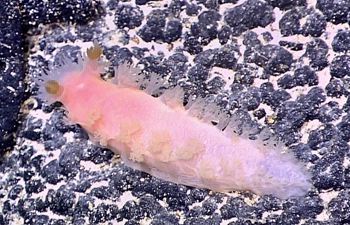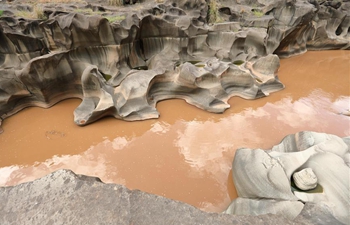WASHINGTON, June 17 (Xinhua) -- An international team of bioarchaeologists found that human ancestors living some 9,000 years ago had already experienced modern urban problems like overcrowding, violence and environmental troubles.
The study published on Monday in the journal Proceedings of the National Academy of Sciences described how inhabitants in south-central Turkey lived as they moved from a nomadic hunting and gathering lifestyle to an agricultural one.
The ancient ruins called Catalhoyuk started as a small settlement about 7100 B.C., in what researchers call the Early period. It grew to its peak in the Middle period of 6700 to 6500 B.C., and then the population declined rapidly in the Late period.
The researchers found that during its peak in population, which was 3,500 to 8,000 people, inhabitants lived in very crowded conditions, with houses built like apartments with no space between them.
Also, trash pits and animal pens were built right next to some of their houses, causing sanitation issues that could contribute to the spread of infectious diseases. Up to one third of remains from the Early period have already shown evidence of infections on their bones, according to the study.
The poor living conditions may have also contributed to high levels of violence in this early farming community. Among 93 skulls evacuated from the site, 25 individuals showed evidence of healed fractures and 12 of them had been victimized more than once, according to the study.
Plus, most of their injuries were on the top or at back of their heads, suggesting the victims were not facing their assailants when being hit.
"We found an increase in cranial injuries during the Middle period, when the population was largest and most dense," said Clark Larsen, lead author of the study and professor of anthropology at The Ohio State University.
"An argument could be made that overcrowding led to elevated stress and conflict within the community," said Larsen.







